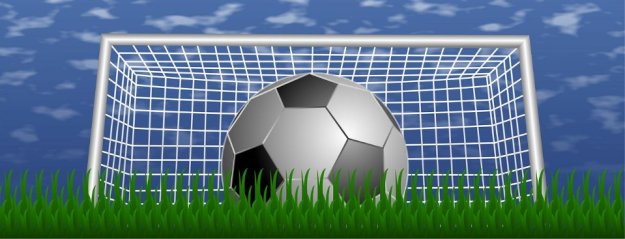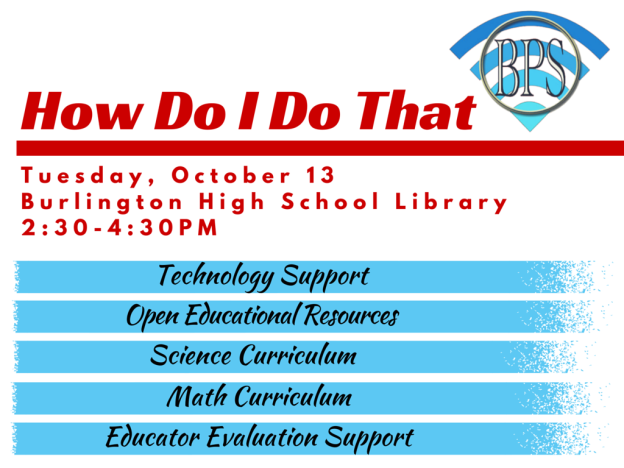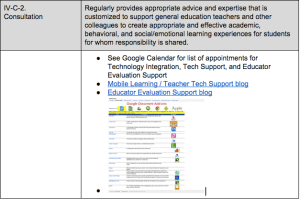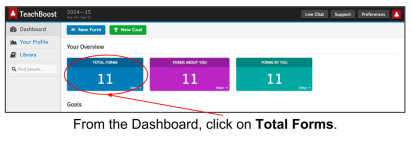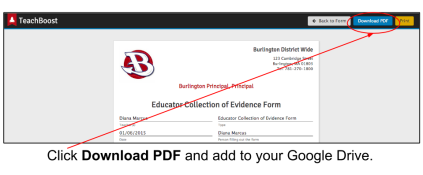In order to reduce the number of documents and the confusion created by maintaining separate documents that pertained to the same information, I have consolidated the educator and SISP forms into a single document each. Everything you need to submit for the entire cycle (self-assessment through evidence submission) will be contained in one document. Evaluator documentation on observations, formative and summative reports, etc. will be linked into the document.
You will note that only the “Burlington Great 8” elements are included in the main evidence section as these are required. The remaining elements are at the end of the document should you wish to provide evidence in these areas as well.
You can access these documents from your BPS account using the following links.
These documents should be “View Only” and you will need to make a copy in order to have your own to edit with your information. Some evaluators will push these files to you as part of the evaluation cycle, while others will ask you to access them yourself.
Burlington Public Schools employees are welcome to contact me for help in using these or any other part of the Educator Evaluation process.

